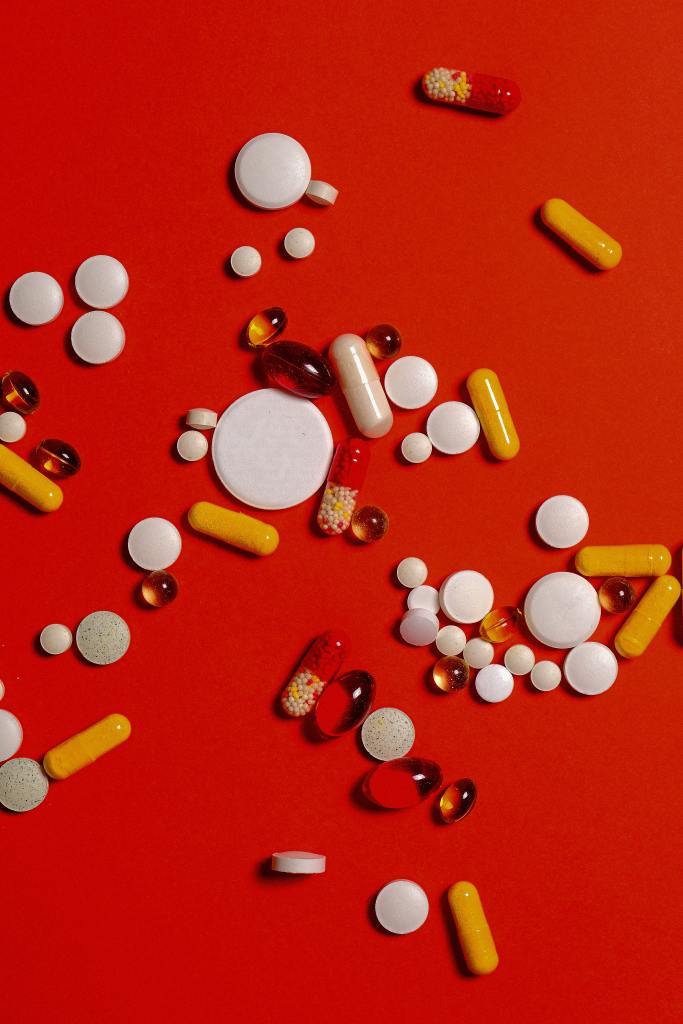Remember New Year 2020? That ancient period when 2020 was still something to look forward to, shots meant tequila and not vaccine jabs, and drugs didn’t necessarily mean the kinds you need to beat a deadly virus during a global pandemic.
Wastewater samples taken from eight countries over the same period have shown how popular designer party drugs have grown to be. In a new paper published in Water Research, the world’s most comprehensive wastewater analysis of new psychoactive substances (NPS) shows the pattern of designer drug use in 14 locations across Australia, New Zealand, China, The Netherlands, Spain, Italy, Norway and the United States. This study was conducted over the 2019-2020 New Year period, which researchers identified as “a time which is characterized by celebrations and parties and therefore a time when more NPS may be consumed”.
Videos by VICE
These synthetic designer drugs are made entirely in labs and often mimic the effects of plant-based drugs, but are instead mass-produced in chemical factories, marketed online, and often smuggled undercover via the global postal system. While man-made highs include well-known banned substances such as methamphetamine, MDMA, LSD, and ketamine, a vast array of NPS includes cathinones and synthetic cannabinoids, black market medicines such as fentanyl and tranquilizers, and dangerous or impure analogues and substitutes of the above.
As part of this wastewater study, more than 200 synthetic drugs were monitored across all countries, and 16 substances were found in the samples that were shipped to Adelaide for analysis by researchers at the University of South Australia (UniSA). These substances included the synthetic opioid, acetyl fentanyl and mephedrone, often referred to as M-CAT, White Magic or meow meow.
Wastewater-based epidemiology is known to have the potential to monitor close to real-time, population-level trends in illicit drug use. When someone takes a drug, the body metabolises it and excretes metabolites. By sampling wastewater, scientists can ascertain the quantity of drugs used in a community from the measured levels of drugs and their metabolites excreted in urine.
Other substances included N-ethylpentylone, which is said to be gaining popularity at music festivals in Australia and New Zealand, and a new substance called eutylone, known to be incorrectly sold as MDMA in New Zealand due to the visible similarities between the two. It is also known to cause particularly dangerous side-effects when consumed in high doses.
“Of the eight countries studied, only Norway showed no traces of NPS,” said UniSA analytical chemist Dr Richard Bade.
According to results, the Netherlands recorded the highest usage of these substances, with six out of ten quantifiable drugs being found in samples from the country, followed by Australia, New Zealand and the United States. Spain, Italy and China had the lowest incidence of designer drug use in the cities that participated in the study.
Mephedrone was found only in samples from Australia and New Zealand, with the latter experiencing a 20-fold spike in usage on New Year’s Eve. “It is a very powerful drug that produces effects similar to those of cocaine and MDMA and is popular among ecstasy and stimulant users in Australia and NZ,” Bade said.
Seven additional recreational drugs were also identified in the samples after screening, including ketamine, which was found in every country. Methcathinone was detected in seven out of eight countries, followed by N- ethylpentylone and 3-MMC, which were found in three countries each.
The U.S. samples stood out for traces of mitragynine, a drug banned in several American states for being fatal. Another synthetic opioid, acetyl fentanyl, was also restricted to U.S. wastewater samples. This drug was known to have killed half of those who died of opioid overdoses in 2016 in the U.S.
“What makes the NPS so dangerous is that they were originally sold as legal alternatives to conventional illicit drugs such as ecstasy and cannabis, suggesting they were safe when, in fact, there was very little information about their toxicity,” Bade said.
Governments soon intervened with restrictions and bans on their production and use once hospitalisations and deaths associated with their use began to come to light, with many even enforcing blanket bans. The Australian Drugs, Poisons and Controlled Substances Act 1981 progressively bans the possession and supply of synthetic drugs and their derivatives even as they emerge. In 2020, the Netherlands also proposed a bill that would criminalise the possession of synthetic drugs and the raw materials used to make them, making it possible to ban a whole group of designer drugs in one go.
“However, despite these bans, NPS are still synthesised, transported and consumed across the world, often with fatal consequences,” added Bade. In 2019, more than 70,000 Americans died from drug-involved overdose, including illicit drugs and prescription opioids, with this staggering figure expected to have increased further due to the ongoing pandemic.
In 2012, then-U.S. President Barack Obama signed into law a ban on synthetic drugs, which reportedly went obsolete even before it could come into force as drug formulations not covered by its language went on sale almost immediately. Considering how vast the range of possible chemistries to formulate such substances is, the prohibition on certain chemical structures can easily be worked around using molecular recombinations.
With this survey, Bade hoped that the wastewater samples will help add to existing hospital, legal and forensic data, along with global surveys, in order to identify which designer drugs are the most dangerous.
Follow Snigdha on Twitter.
More
From VICE
-

Photo by Miriam Espacio on Pexe -

-

Images by WWE / Collage by Haley Miller -

XNY/Star Max/GC Images
